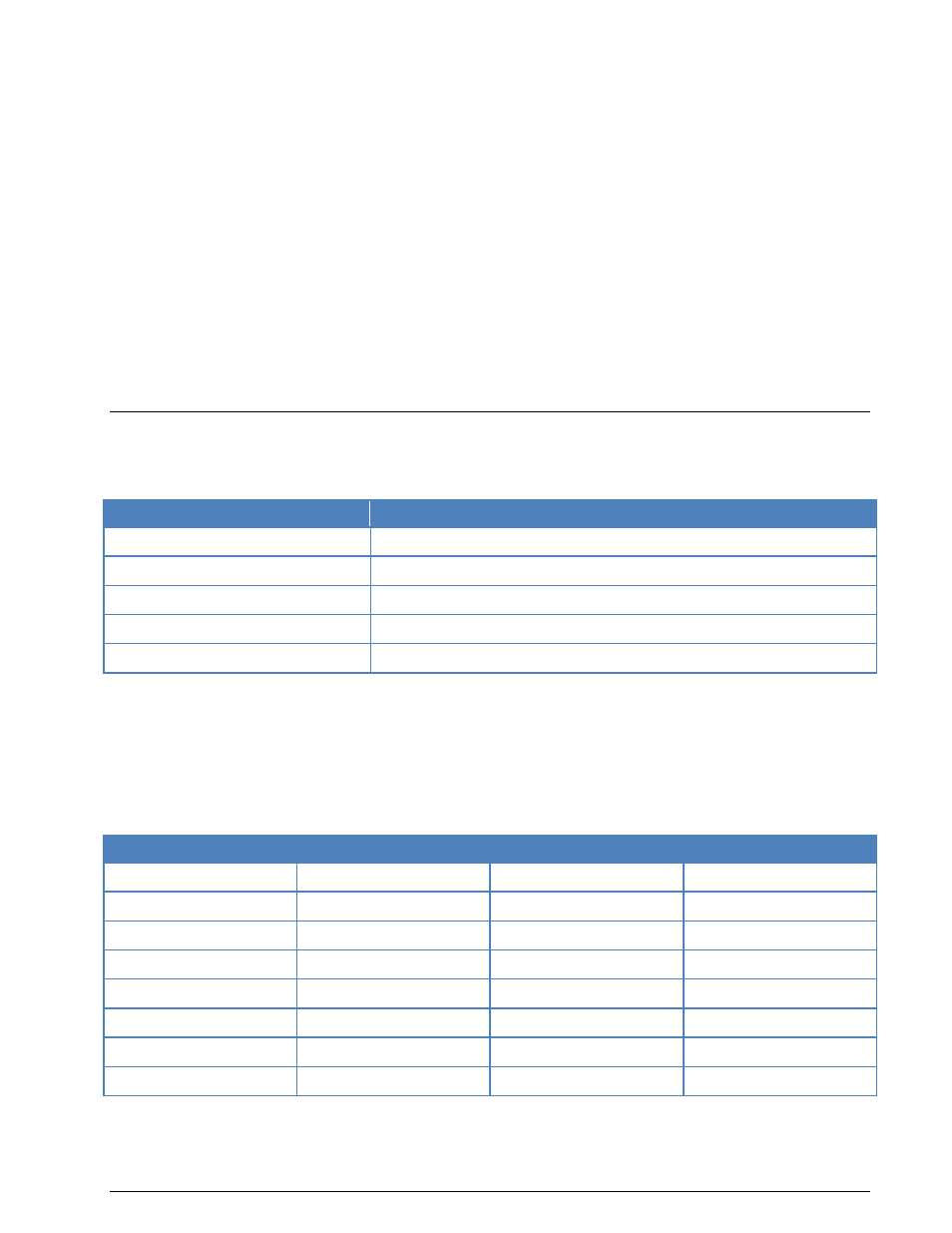Wavecom W61PC V7.5.0 User Manual
Page 157

WAVECOM Decoder W61PC/LAN Manual V7.5
Transmission Modes
147
The subscribers control their equipment by sending messages to the central computer of service provider.
The central computer forwards the messages to transmitters in Frankfurt am Main (DCF49, 129.1 kHz)
and Burg (DCF39, 139.0 kHz).
Transmissions are 200 Bd ASCII FSK with a shift of 340 Hz.
The transmission format is based on DIN-19244, i.e. start bit, 8 data bits, parity bit and stop bit. The
length of the data frame is variable; therefore a length field is required. The frames consist of a start
character, followed by the length information, which is sent twice. The fourth byte is the start character
again. Bytes five to seven are message number, address field A1 and address field A2. After a maximum
of 16 data bytes, a checksum is transmitted and finally the stop character. The checksum is an addition of
the message number, address and data fields without considering carry bits. Messages are sent twice to
increase transmission security.
Two user data protocols are in use, Semagyr-TOP and Versacom. As messages do not contain a protocol
identifier both formats are displayed together with the raw data string in hexadecimal format. Using Op-
tions/Display Mode... the display may be toggled between All frames and Error free frames.
If messages are not at hand, EFR periodically transmits time signals which allow the receivers to synchro-
nize their internal clock. From time to time, a test signal is transmitted containing the name of the trans-
mitter, e.g. DCF49.
EIA
The entire call number is transmitted by consecutive tones in decade sequence. When two identical digits
are to be transmitted consecutively, then an eleventh frequency is used as a repetition identifier.
Parameter
Value
Frequency range
VHF/UHF
Operation modes
Analogue Selcal
Modulation
FM, SUB Tones
Receiver settings
FM, BW = 12 kHz
Input format(s)
AF, IF
If more than two identical digits are to be transmitted, the repetition tone is appended to the digit tone
(e.g. 22222 is transmitted as f2 fw f2 fw f2, where f2 is the tone for "2" and fw is the repetition tone).
In most systems the accuracy of the single frequencies has to be within +1/-1.5% of the nominal value.
Decoding the selective calls is started by clicking on a system. If transmission and system selection con-
form, the call sign is displayed on the monitor. In the Options menu a Time stamp function can be ena-
bled to add date and time to each call.
Tone Allocation
Digit
Hz
Digit
Hz
0
600
8
1728
1
741
9
1869
2
882
A
2151
3
1023
B
2433
4
1164
C
2010
5
1305
D
2292
6
1446
E (REPETITION)
459
7
1587
Tone Duration: 33 ms